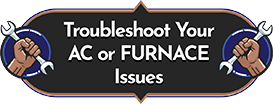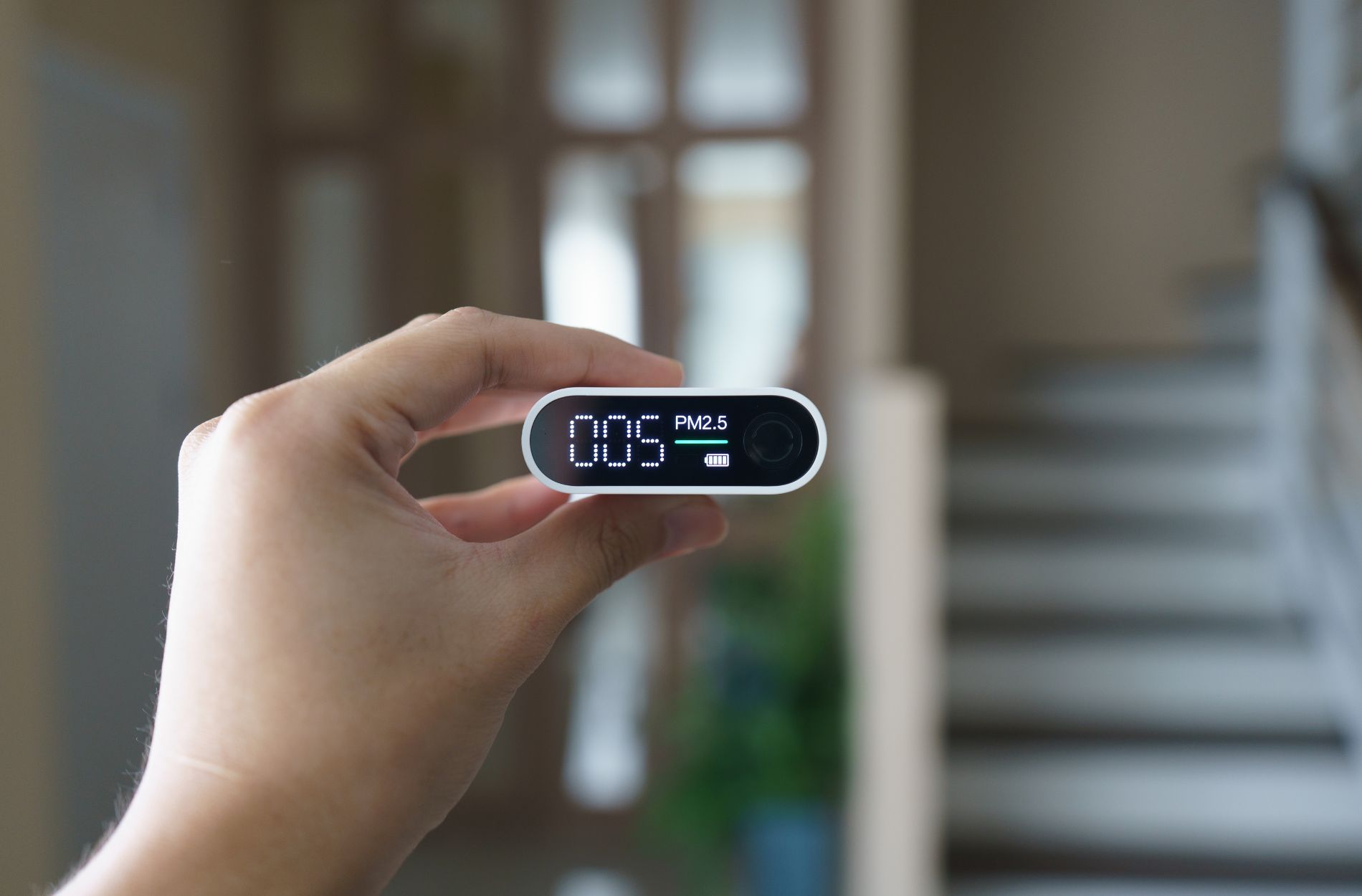Indoor air quality has become an increasingly important concern for homeowners and tenants alike, particularly in multi-family homes where shared living spaces can harbor airborne contaminants and allergens. Poor indoor air quality can lead to various health issues, such as allergies, asthma, and respiratory illnesses, making it essential for property owners and managers to invest in solutions that effectively purify the air and ensure a healthy living environment. One such solution is a whole house air purification system, which works in conjunction with your home’s HVAC system to remove contaminants and improve overall air quality.
Whole house air purification systems are designed to remove a wide range of airborne pollutants, such as dust, pollen, mold spores, bacteria, and viruses, that can be harmful to human health. These comprehensive air purification systems use advanced filtration technology to capture even tiny particles that traditional air filters might miss, effectively preventing them from circulating in your home. Unlike smaller, localized air purifiers, a whole house air purification system covers all living spaces, ensuring clean, fresh air throughout the entire dwelling.
Delve into the benefits of installing a whole house air purification system in multi-family homes and how our professionals can assist you in achieving cleaner, healthier air for your residents.
Types of Whole House Air Purification Systems
There are several types of whole house air purification systems available, each designed to target specific airborne contaminants and allergens. Understanding the different types of systems and their varying capabilities is crucial in selecting the most appropriate solution for your multi-family home. Some of the most common whole house air purification systems include:
1. Mechanical Air Filters: These filters utilize a dense media to capture particles, such as dust and pollen, as they pass through the HVAC system. High-efficiency particulate air (HEPA) filters are a type of mechanical air filter that can remove most of the particles down to 0.3 microns in size, including pet dander and mold spores.
2. Electronic Air Cleaners: These systems work by applying an electric charge to particles in the air as they pass through the HVAC system. The charged particles are then attracted to filter media with an opposite charge, effectively capturing them and preventing them from recirculating. Electronic air cleaners can be particularly effective at removing smaller particles, such as smoke and bacteria.
3. Ultraviolet (UV) Germicidal Lights: UV lights emit a specific wavelength of ultraviolet light that can destroy the DNA of microorganisms, such as bacteria and viruses. When installed within the HVAC system’s ductwork, UV germicidal lights can help reduce the growth and spread of pathogens throughout the living space.
4. Activated Carbon Filters: These filters use a porous carbon material to adsorb gases and odors from the air, improving overall indoor air quality. Activated carbon filters can be particularly effective at capturing volatile organic compounds (VOCs), which can be emitted from everyday household products such as cleaning supplies and building materials.
Reducing Allergens and Irritants for Healthier Living
One of the primary benefits of whole house air purification systems is their ability to significantly reduce or eliminate allergens and irritants, such as pet dander, pollen, mold, and dust mites. By capturing these particles before they have a chance to settle on surfaces or circulate throughout the living spaces, air purification systems can significantly mitigate the risk of allergy symptoms and other respiratory issues among multi-family home residents.
Enhanced Protection from Infectious Agents
Whole house air purification systems can also help protect residents from infectious agents, such as bacteria, viruses, and other harmful microorganisms. UV germicidal lights, in particular, can decrease the potential for the spread of contagious illnesses by neutralizing pathogens that may be circulating through the HVAC system. This additional layer of protection is especially valuable in shared living environments where the transmission of illness can occur more readily.
Maintaining Optimal System Performance
Regular maintenance is crucial to ensure that your whole house air purification system continues to function effectively and provide optimal indoor air quality. Our professional technicians can provide the necessary maintenance services, such as changing or cleaning filters, inspecting UV lights, and cleaning air ducts as needed. This regular upkeep not only helps maintain your system’s efficacy but also prolongs its lifespan, ensuring a long-lasting investment in your property’s indoor air quality.
Conclusion
Investing in a whole house air purification system is a smart decision for multi-family homes seeking to improve their indoor air quality and overall inhabitant health. These systems target a wide range of airborne contaminants and can help reduce allergy symptoms, protect against infectious agents, and ensure a more comfortable living environment for residents.
Our knowledgeable professionals at Comstock Air Conditioning can help you choose the ideal air purification system for your property. To learn more about our whole house air purification services for multi-family homes in Yuma, AZ, and surrounding areas, contact us today to speak with one of our experienced technicians!



